
Ray Eckhart, Master Gardener and loyal blog reader, wrote a long response to Alan’s request for research for the ongoing debate on Canada thistle started a few weeks ago by Jeff. Because he has a lot of links to research in his response, I thought it should have its own posting. So here’s Ray:
Here is a brief summary of the results of a google search of .edu and .gov or .us sites on the subject of Canada thistle or Cirsium arvense as a noxious weed, examining the “whys” by a mostly volunteer* Master Gardener reliant on published literature by reputable sources and charged with fulfilling the Land Grant University charter to bring science based information to the local level.
(* about $6500 of my annual salary and benefits comes from fulfilling Master Gardener responsibilities.)
From the Minnesota pdf referenced above:
“Noxious weeds are difficult to control and injurious to public health, the environment, roads, crops, livestock and property. By law, these weeds must be controlled on all public and private lands.”
From Montana:
“Canada thistle threatens productivity in both crop and non-croplands. In cropland, Canada thistle causes extensive yield losses through competition for light, nutrients, and moisture. It also increases harvesting problems due to seed and forage contamination. In Montana, it is estimated that two shoots per square yard can reduce wheat yield by 15 percent and 25 shoots per square yard can reduce wheat yield by 60 percent. Other Montana crops seriously threatened by Canada thistle include peas, corn, beans, alfalfa and sugar beets. Heavy infestations are also commonly found in overgrazed pastures and ranges and may crowd-out and replace native grasses and forbs, decreasing species diversity in an area.
“By 1795, Vermont enacted noxious weed legislation against Canada thistle and, in the early 1900’s, the currently named Noxious Weed Act gave a person the right to eradicate this species wherever they found it without fear of trespassing.
“In alfalfa stands grown for seed production, Canada thistle can reduce yield by 48 percent. An extra ten percent yield reduction can occur in alfalfa seed production due to seed cleaning. In pastures, Canada thistle reduces productivity by crowding out forage species with spiny leaves that deter cattle from grazing. In non-cropland ecosystems, Canada thistle can crowd out and replace native grasses and forbs limiting land’s recreational use. In gardens, flower beds, and lawns, Canada thistle’s extensive root system makes it a hassle to control. Mowing or pulling this weed is not effective because it grows again from vegetative buds on the roots. In fact, improper cultivation can even worsen Canada thistle problems!”
From Pennsylvania:
“In the Northeast, several weeds including bull and musk thistle, Canada thistle, purple loosestrife (Lythrum salicaria), mile-a-minute (Polygonum perfoliatum), and garlic mustard (Allaria petifolia) are receiving attention [for biological control efforts – ed.] because of their invasive nature.”
2nd Cite for Pennsylvania:
ECOLOGICAL THREAT: Natural communities that are threatened by Canada thistle include non-forested plant communities such as prairies, barrens, savannas, glades, sand dunes, fields and meadows that have been impacted by disturbance. As it establishes itself in an area, Canada thistle crowds out and replaces native plants, changes the structure and species composition of natural plant communities and reduces plant and animal diversity. This highly invasive thistle prevents the coexistence of other plant species through shading, competition for soil resources and possibly through the release of chemical toxins poisonous to other plants.
“Canada thistle is declared a “noxious weed” throughout the U.S. and has long been recognized as a major agricultural pest, costing tens of millions of dollars in direct crop losses annually and additional millions costs for control. Only recently have the harmful impacts of Canada thistle to native species and natural ecosystems received notable attention.”
Idaho:
“Some noxious or invasive weeds are highly toxic to equines, however, and can cause tremendous problems if allowed to invade horse pastures. This may be partially due to the extensive taproot in many broadleaf weeds that allow them to remain green longer into the dry season, thereby appearing potentially attractive to horses grazing in poor pastures. This list includes tansy ragwort, yellow starthistle, Russian knapweed, Canada thistle (Cirsium arvense), poison hemlocks, field bindweed, houndstongue, Scotchbroom (Cytisus scoparius), horsetails, leafy spurge, black henbane (Hyoscyamus niger), Klamath weed or St. Johnswort, kochia, yellow toadflax or butter-and-eggs (Linaria vulgaris), silverleaf nightshade (Solanum elaeagnifolium), and puncture vine.”
Colorado: “Canada thistle (Cirsium arvense) is an aggressive, creeping perennial weed that infests crops, pastures, rangeland, roadsides and noncrop areas. Generally, infestations start on disturbed ground, including ditch banks, overgrazed pastures, tilled fields or abandoned sites. Canada thistle reduces forage consumption in pastures and rangeland because cattle typically will not graze near infestations. In 2002, the Colorado Department of Agriculture surveyed counties and while incomplete, the results showed more than 100,000 acres infested with Canada thistle (Figure 1).”
2nd cite Colorado:
“Impacts Agricultural: Canada thistle is an aggressive, creeping, perennial weed. It infests crops, pastures, rangelands, roadsides, and riparian areas (Beck 1996).
“Ecological: Canada thistle spreads rapidly through horizontal roots, which give rise to shoots (Moore 1975). Its root system can be extensive, growing horizontally as much as 18 feet in one season (Nuzzo 1998). Most Canada thistle patches spread at a rate of 3-6 feet/year, crowding out more desirable species and creating thistle monocultures.
“Human: Spiny thickets of Canada thistle can restrict recreational access to infested areas.”
South Dakota:
“Noxious weeds are found in range and pasture as well as noncrop areas and cropland. Troublesome statewide noxious weeds like Canada thistle, leafy spurge, perennial sow thistle, Russian knapweed, and hoary cress can be serious problems in pasture and rangeland.”
Kentucky:
“Weeds can reduce the quantity and the stand life of desirable forage plants in pastures and hayfields. These unwanted plants are often more aggressive than existing or desired forage species and compete for light, water, and nutrients. Weeds can also diminish the quality and palatability of the forage available for livestock grazing, and certain weed species are potentially poisonous to grazing animals. The aesthetic value of a pasture is also impacted by weeds.
“The state regulations of the Kentucky Seed Law classify certain plants such as Canada thistle, johnsongrass, and quackgrass as noxious weeds and prohibit their presence in commercial seed sold in Kentucky.”
National Park Service:
“Thistles are pioneer species and are most often found in sites where the ground cover has been disturbed by grazing, erosion, traffic, or other means. Thistles reduce the use of an area for grazing or recreational purposes because of the prominent spines on leaves, stalks, and blooms. Livestock do not eat thistles and will not graze between thistle plants on more desirable forage (Batra 1982).”
Invasive.org (linked from .gov sites):
“THREATS POSED BY THIS SPECIES: Natural areas invaded by Cirsium arvense include prairies and other grasslands in the midwest and Great Plains and riparian areas in the intermountain west. Cirsium arvense threatens natural communities by directly competing with and displacing native vegetation, decreasing species diversity, and changing the structure and composition of some habitats. Species diversity in an “undisturbed” Colorado grassland was inversely proportional to the relative frequency of Canada thistle (Stachion and Zimdahl 1980). Canada thistle invades natural communities primarily through vegetative expansion, and secondarily through seedling establishment. Cirsium arvense presents an economic threat to farmers and ranchers. Infestations reduce crop yield through competition for water, nutrients and minerals (Malicki and Berbeciowa 1986) and interfere with harvest (Boldt 1981). In Canada, the major impact of Cirsium arvense is in agricultural land, and in natural areas that have been disturbed or are undergoing restoration (White et al. 1993). In the U.S., it is a host for bean aphid and stalk borer, insects that affect corn and tomatoes (Moore 1975), and for sod-web worm (Crampus sp.) which damages corn (Detmers 1927). In Bulgaria Cirsium arvense is a host for the cucumber mosaic virus (Dikova 1989). In addition to reducing forage and pasture production, Canada thistle may scratch grazing animals, resulting in small infections (Moore 1975).”
Washington State:
“Why is it a noxious weed? Once established, it spreads quickly replacing native plants. It grows in circular patches, spreading vegetatively through roots which can spread 10 -12′ in one season. It poses an economic threat to the agriculture industry by reducing crop yields.”
Virginia:
“Threats: Canada thistle’s rapid growth aggressively competes with native plants and crops for nutrients, moisture and light. It releases chemicals toxic to other plants. The result is a loss of natural diversity. It is known to harbor other pest species, e.g., insects, and has long been recognized as an agricultural est. Both natural and human caused disturbances can create the opportunity for Canada thistle to become established in natural communities.”
Ohio:
“PROBLEM: The extensive root system of Canada thistle allows it to out-compete and displace many native species, especially in degraded prairies where native species are not well established. Spreading both by seed and rhizome, Canada thistle can create monocultures covering large areas. The wind-dispersed seeds may remain viable for 20 years or more, allowing it to spread quickly and making it difficult to eradicate.”
There are more, but I stopped on page 3 of the 120 page result of the google .edu search. I’ll leave it to others more qualified than I am to further debate the relative merits of why or why not a more cavalier (heh!) approach other than current government regulatory action is or is not warranted.



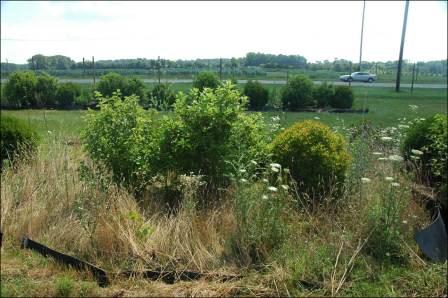
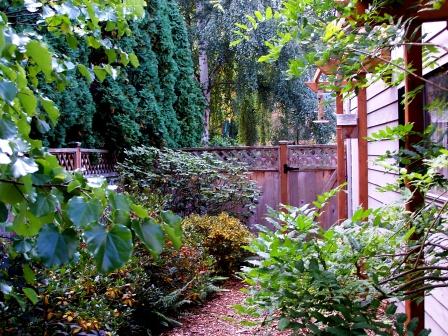
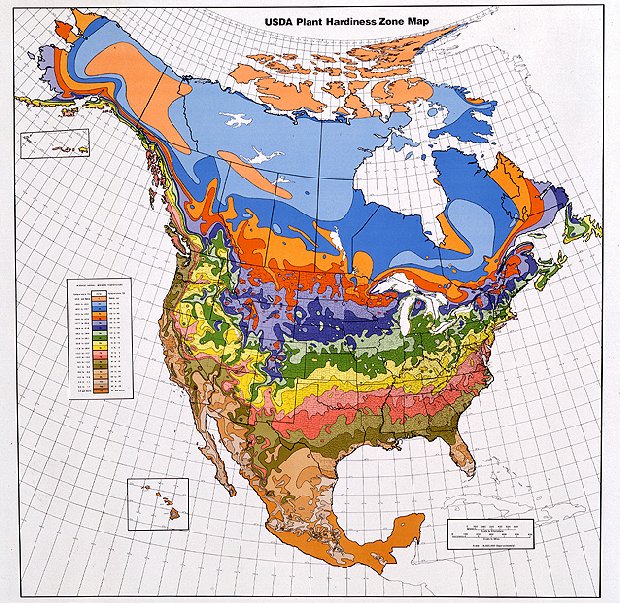
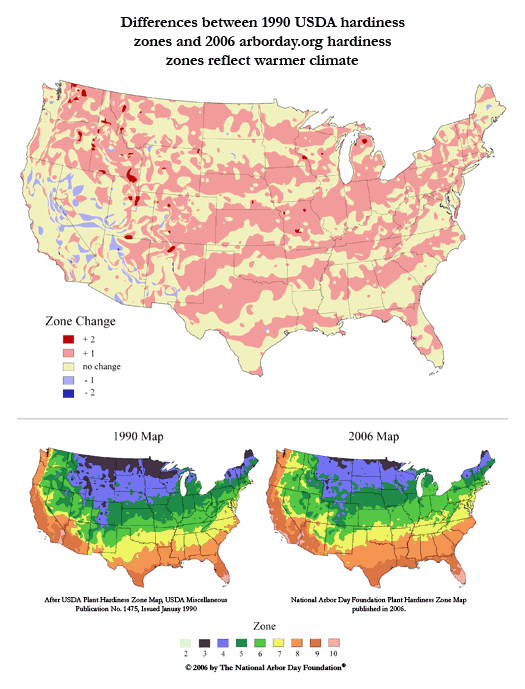
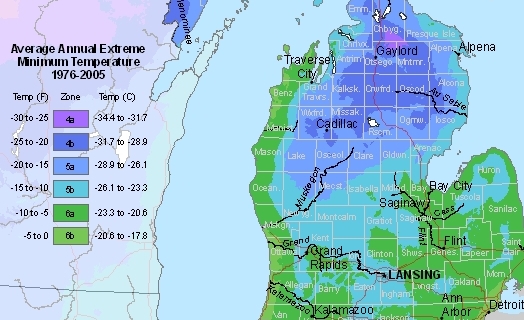
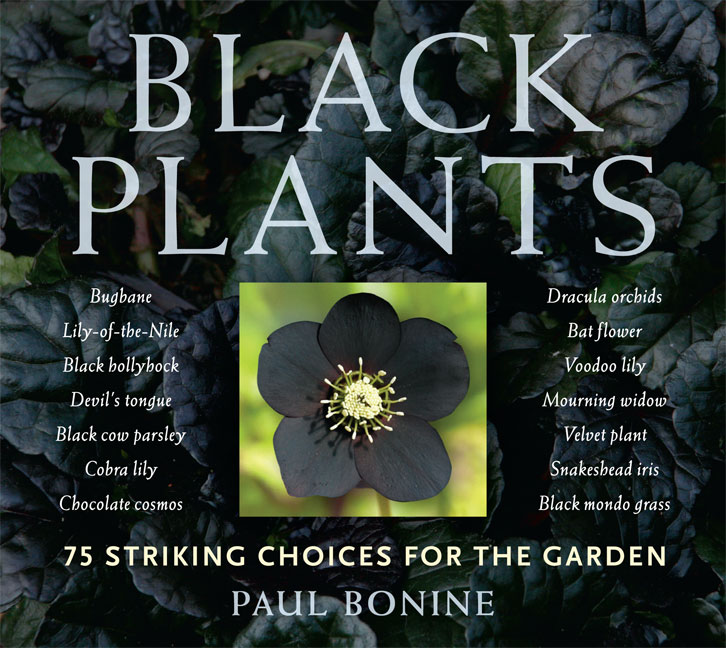
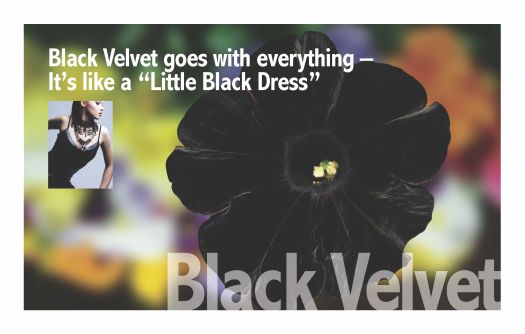
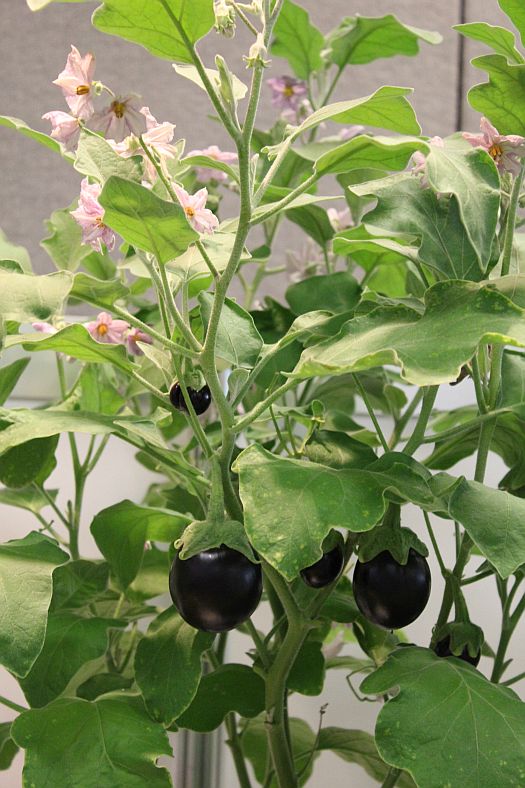
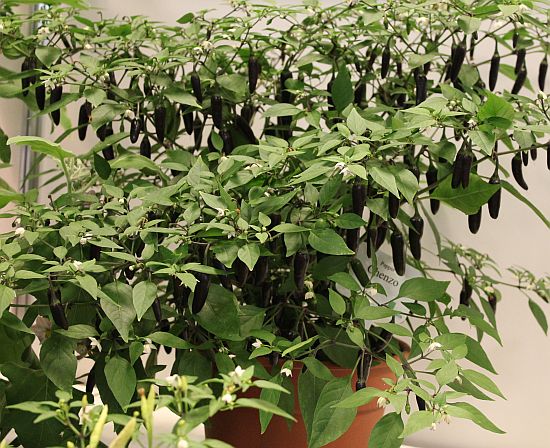
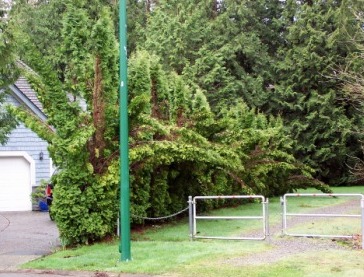 Bending is bad…
Bending is bad…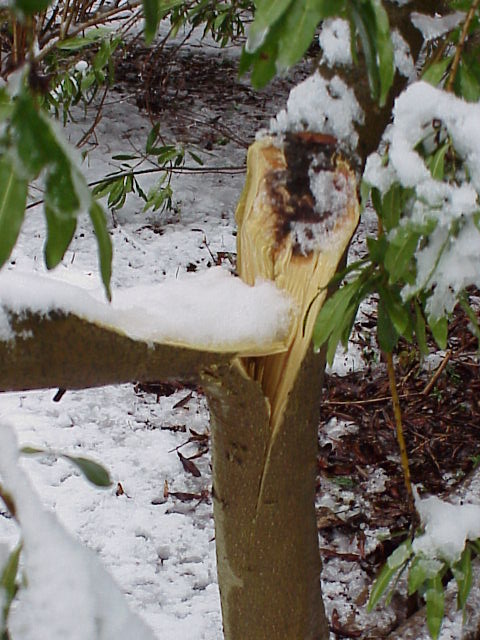 …but breaking is worse.
…but breaking is worse.